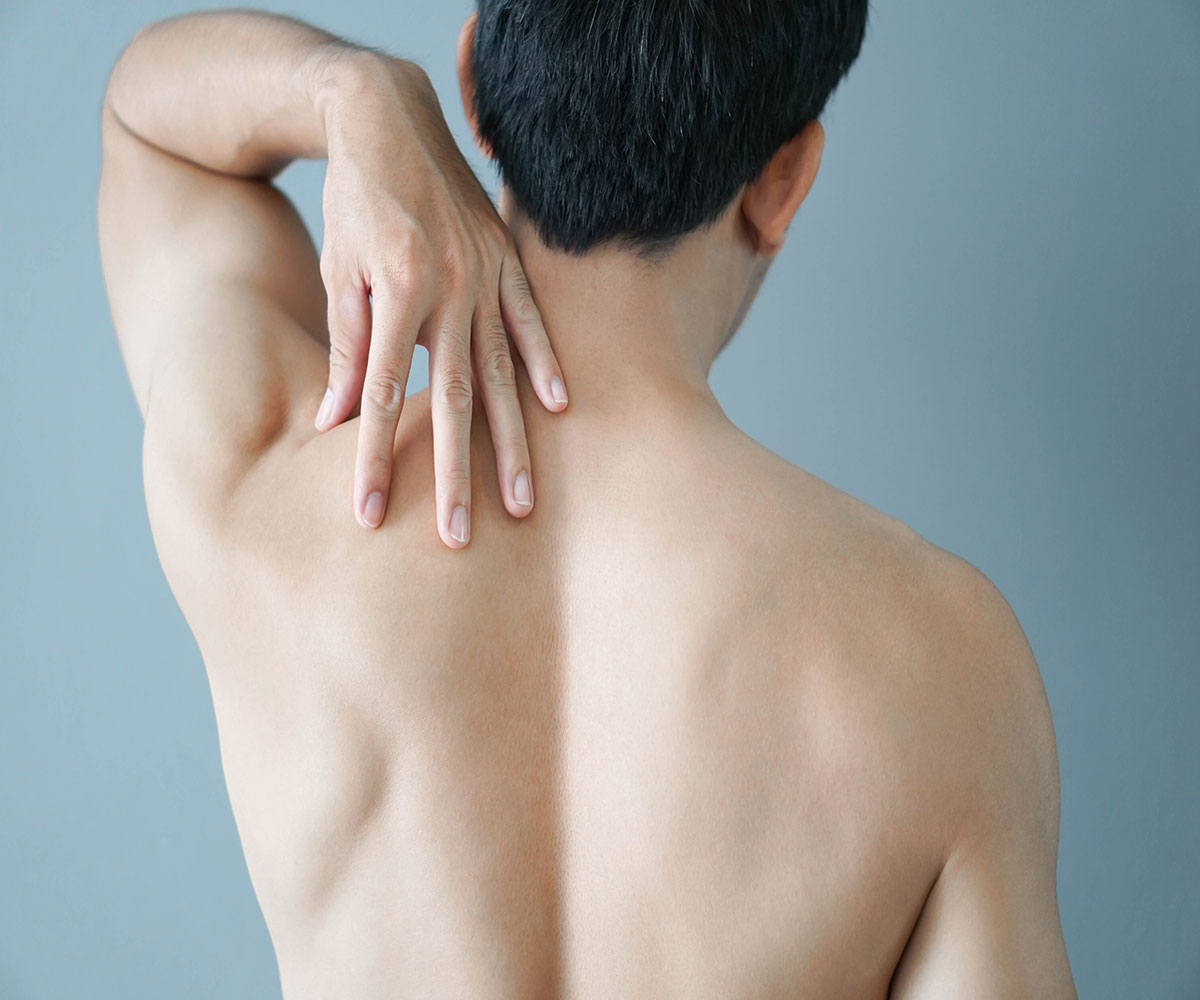
Shoulder pain
Shoulder pain can be very debilitating. There are many reasons for shoulder pain other than the obvious ones, which are broken bones and dislocations. A few of the more common conditions which people might have heard about are: frozen shoulder, rotator cuff strains/tears, impingement syndrome and arthritis of the shoulder. All of these are treated by us on a regular basis. Our team use the case history and examination to effectively find the cause of the pain and provide the necessary treatment.
Rotator Cuff
The rotator cuff is a group of 4 muscles and tendons, made up of the supraspinatus, infraspinatus, teres minor and subscapularis. These muscles are an integral part of all shoulder movements. The shoulder joint is a ball and socket joint. It’s a big ball and a small socket. The best way to think about this is a football ball on top of a teacup saucer. The rotator cuff muscles engulf the top of the humerus. When we lift our arm the shoulder muscles activate, and the rotator cuff muscles initiate the movement. But to stop the humerus (football) rolling off the glenoid (saucer) the rotator cuff muscles also cause the head of the humerus to slide, helping to keep it in position.
The rotator cuff muscles are very active, and they can be injured in many ways. Some of these can be traumatic, like falling on an outstretched arm. Others can be from overuse, such as repeatedly throwing a ball for the dog, or sliding food along the check-out till at the supermarket. Another common cause of rotator cuff injuries is from awkward movements, such as reaching into the back seat of a car to get something. Unfortunately, as we grow older the rotator cuff can also begin to suffer from wear and tear, which is another cause of pain in the shoulder.
All these injuries can cause different problems with the rotator cuff. These range from tears (complete or partial), tendinitis/tendinopathies, and muscle strains.
Impingement syndrome
Shoulder impingement is a very common cause of shoulder pain. This condition involves the rotator cuff muscles. The rotator cuff muscles go through a narrow opening. This narrow opening is created by some bone structures, which include the acromion (top of the shoulder), glenohumeral joint (main shoulder joint) and the coracoid process. Through injury, age, sleeping awkwardly, or awkward movements the rotator cuff becomes irritated, leading to inflammation. This then leads to it becoming impinged, hence the name impingement syndrome. There are varies special tests that can be performed to help diagnose this condition, so that treatment can be given appropriately.
Arthritis
Arthritis of the shoulder, in particular osteoarthritis of the shoulder is the condition some of us may suffer from as we grow older. It’s basically wear and tear. As we grow older, the joints can become worn, leading to reduced cartilage. Sometimes the cartilage can completely disappear, meaning you have bone rubbing on bone. Where this happens, the bones can change shape. This causes the joints, muscles, ligaments, and tendons to all work differently. The altered shape of the joint and the altered way that it works leads to things rubbing against each other, which cause inflammation and pain.
For more information on general arthritis, please visit we our arthritis page

FROZEN SHOULDER OR ADHESIVE CAPSULITIS
Frozen shoulder can be quite debilitating. It can stop you from doing daily tasks or even getting a good night sleep.
The journey of recovery can be long, and you might be wondering where to start….
A frozen shoulder gives pain and stiffness in your shoulder joint. The level of pain and stiffness varies depending on the stage you are in. There are 3 stages to this condition.
- The 1st stage is the freezing stage. Any movement of your shoulder is painful. Your shoulders movement starts to become restricted.
- The 2nd stage is the frozen stage. The movement limitation reaches its worst, but your pain starts to diminish.
- The 3rd stage is the thawing stage. Your pain reduces further or can disappear. Your movement gets back to normal.
Each stage can take from few weeks to few months to resolve.
Why do I get pain?
Although the condition has been already described in the 1930s, it is still poorly understood. Patients suffering from frozen shoulder show changes in the ligaments and capsule around the shoulder. These ligaments, which normally glide freely, start sticking together resulting in restricted and painful movement. But it is still unclear what causes these adhesions to occur and why they disappear after 6-18 months.
The following risk factors have been identified for a frozen shoulder:
- If you had a previous condition that have prevented you from moving your arm for few weeks
- If you are diabetic
- If you are over 40 years old
How can we help?
Osteopathic treatment can help these conditions. We use a combination of the case history and special tests to accurately diagnose what the problem is. Then the appropriate techniques and treatment can be used. Treatment generally takes a combined treatment technique approach, using a mixture of hands-on treatment plus exercises that can be done at home, to help you get the best results.
Osteopathic treatment has been proven to reduce stiffness and pain around the joint.
What’s next?
It is time to start feeling better. If you’re sick of the pain, then it’s time to book an appointment with us. Maybe you’ve seen the GP or thought about a steroid injection or even manipulation under anaesthetic but you want to try something less invasive first, then give us a ring.
